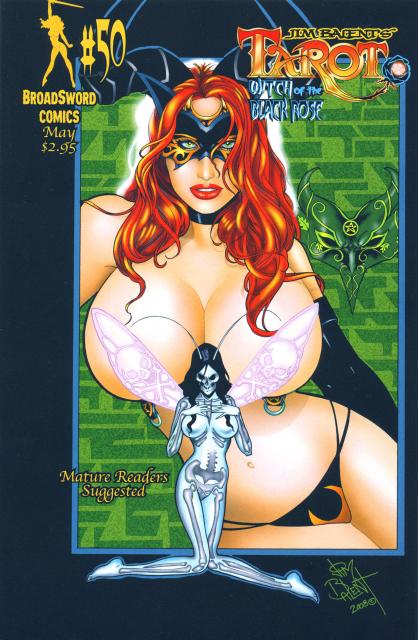the Fool
Ursa Major, the Great Bear

Of all the star patterns in the sky, the Big Dipper is the most universally recognized. The dipper's seven bright stars form a portion of the great bear. It's hard to see the rest of the bear, especially from light-polluted cities. After you locate the dipper, look at the two stars that mark the outer edge of its bowl. Now connect these two stars, then extend the line above the dipper's bowl. Polaris, the north star, lies along this line, about five times the distance between the two pointers. No matter where the Big Dipper is in our sky, those two stars always point to Polaris. http://stardate.org/nightsky/constellations/ursa_major.html
|
arc to Arcturus
|
the Magician
|
|
Bo๖tes, the Herdsman
The name Bo๖tes comes from a Sumerian word that means "Man Who Drove the Great Cart." The "Great Cart" was the Big Dipper. Bo๖tes trails the Big Dipper as it wheels around the North Star. |
and straight on to Spica
The High Priestess
|
|
The Empress
|
the Emperor
|
the Heirophant
Draco Draco # 2.
Draco Overview
http://radicalcorner.com/uranometria_photos_main/uranometria_photos.htm |
The Chariot
|
The Lovers
|
the tower
|
|
The HermitOrion, the Hunter

Two of the brightest stars in the evening sky lie at opposite corners of the rectangle: bright red Betelgeuse at the northeastern corner and even brighter Rigel at the southwest. Near the center of the rectangle, look for a short diagonal line of three stars Orion's belt. And extending south from the belt, you'll see another, fainter line of stars that forms Orion's sword. One of the objects in Orion's sword isn't a star at all. It's a nebula a cloud of gas and dust that's like a giant fluorescent bulb. Hot young stars inside the nebula pump energy into its gas, causing the gas to glow. |
The Wheel of Fortune
|
The Star
|
|
 Sothis brings the flood An Egyptian cat of 2500 B.C. watches the rising waters of the Nile, the vital annual event which at that time was announced by the heliacal rising (first visible rising before the sun) of Sirius, or Sothis, the Dog Star. (Cover picture for Astronomical Calendar 1978.) http://www.universalworkshop.com/redliongallery/pages/covers.htm |

http://stardate.org/nightsky/constellations/canis_major.html
|
|
||||||||||||||||||||||||||||||||||||||||||||||||||
the Sun
|
JusticeLyra, the Harp
|
FortitudeTaurus, the Bull Taurus, the bull, is marked by a V-shaped pattern of stars that outlines the bull's face. Bright red Aldebaran, the "eye" of the bull, stands at one point of the V. This pattern is part of a cluster of stars called the Hyades the second-closest star cluster to Earth. It consists of several hundred stars that lie about 130 light-years away. 
Aldebaran outshines all the other stars that outline the bull's face. But Aldebaran isn't a member of the Hyades cluster it just lies in the same direction. It's about 70 light-years away, half as far as the stars of the Hyades. Aldebaran is a red-giant an old, bloated star that's used up most of its nuclear fuel. It's much larger and much brighter than our own middle-aged Sun. |
Justice |
|
Sagittarius, the Archer Sagittarius, the archer whose brightest stars form the shape of a teapot slides low across the southern sky of summer. Sagittarius has drawn his bow, and his arrow is pointing at Antares, the bright red heart of Scorpius, the scorpion. The archer is avenging Orion, who was slain by the scorpion's sting.

The constellation Sagittarius is one of the most interesting regions of the sky. The center of our Milky Way galaxy lies inside Sagittarius, about 26,000 light-years away. The constellation also contains several globular clusters tightly packed collections of hundreds of thousands of stars. http://stardate.org/nightsky/constellations/sagittarius.html |
the DevilHydra
|
|
Death
|
Judgement
Cygnus, the Swan 
The constellation's brightest star is Deneb an Arabic word that means "the tail." Deneb the tail of the swan marks the top of the cross. The swan's outstretched wings form the horizontal bar of the cross, while the head of the swan a double star called Albireo is the bottom of the cross. Although it lies about 1,500 light-years from Earth, Deneb shines brightly in our night sky because it's a white supergiant a star that's much larger, hotter, and brighter than the Sun. Deneb is the northeastern point of a star pattern called the Summer Triangle. If you use binoculars to scan the area between the two bright stars that define the swan's eastern wing, you'll see the remnant of a supernova a faint, incomplete ring of light called the Cygnus Loop. |
the World
|